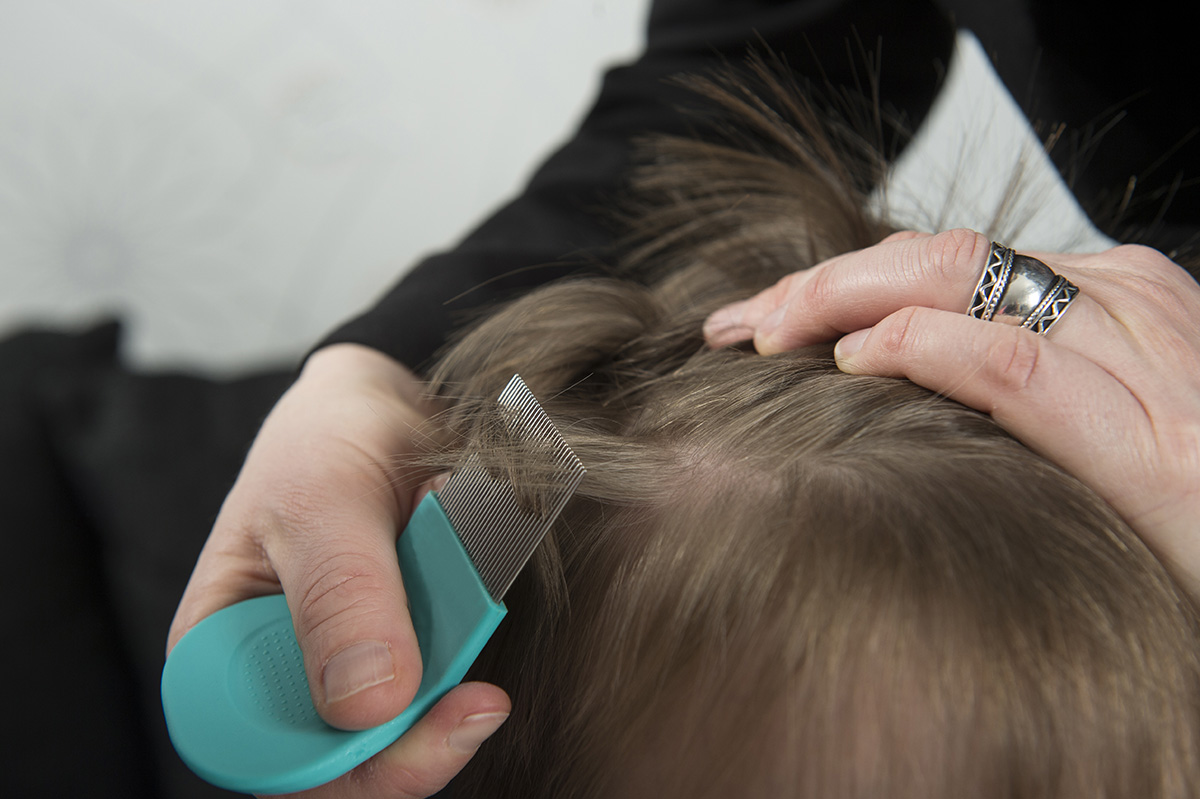Stop Worrying About Super Lice

Lice photo via Shutterstock
Berit Pratt, CEO of Belmont lice removal company NitWits, has a very simple message: Please stop worrying about the “super lice” epidemic.
“They’re not really super lice; they’re just the regular old lice doing what lice have always done, which is being adaptable,” Pratt says. “We do not get flustered about it. It’s the same old, same old.”
If you’ve missed the wave of media attention, here’s some context: An August study from University of Southern Illinois researcher Kyong Yoon found that many lice populations—so-called super lice—are becoming resistant to the chemicals used in common head lice treatments. The report found the bugs in 25 states, including Massachusetts. A flurry of media coverage ensued then, and another is under way now.
Pratt, who was a Cambridge school nurse for 13 years, says lice have been evading over-the-counter products for as long as she’s been treating them. She says the best non-prescription method is usually manual removal, using a metal comb (NitWits uses the OMG Nit-Free Terminator) with microgrooves to shake the pests free. Proactive monthly combings can also prevent lice from setting up shop in the first place, she says.
Why all the hype about super lice if they’re really no big deal? Pratt says it likely comes down to perception, and the idea that people who get lice are dirty or unhygienic. (They’re not—Pratt says lice don’t discriminate.) “The stigma adds to the fact that nobody ever studies this bug and nobody ever talks about it,” she says.
In fact, Pratt says lice—super or otherwise—are largely harmless, to the point that many people who have them experience no major symptoms.
“Head lice don’t spread any disease,” she says. “They don’t, as far as we know, spread any illnesses or viruses or bacteria.”

